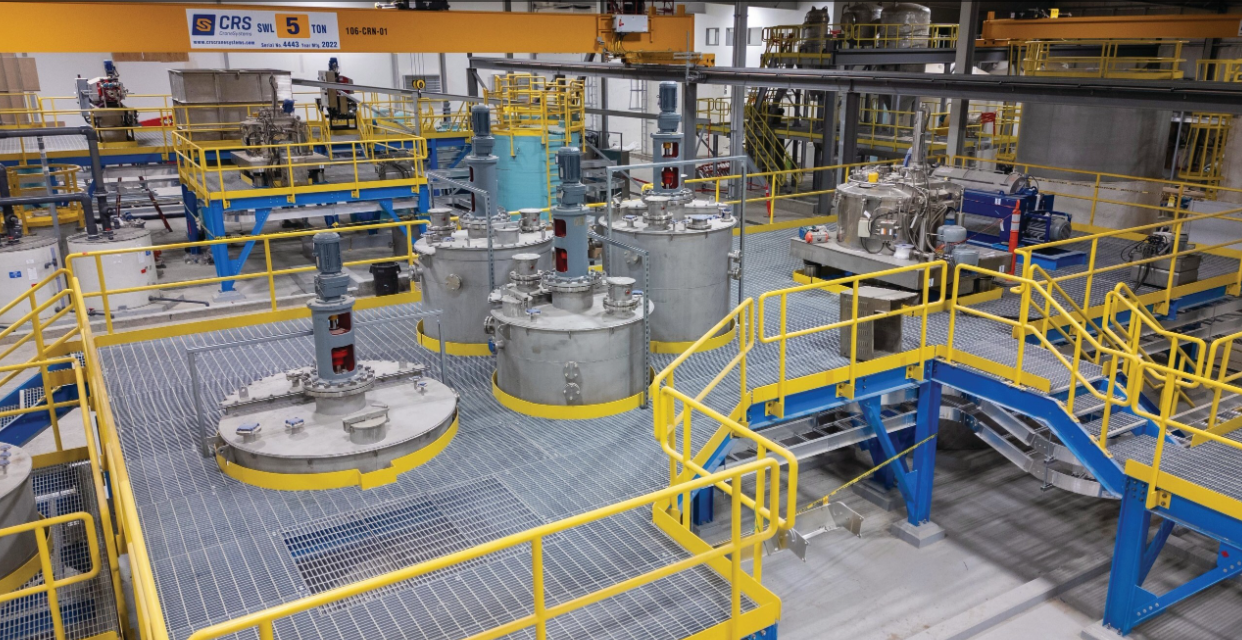Beware the coming iron ore supply flood

Iron ore is trading more than 80% higher than six months ago when the commodity hit a 3-year low of $87.50 at tonne.
Some analysts point to a possible $170 a tonne by mid year, but longer term the price may be heading south again as demand struggle to keep pace with massive new supply coming on stream over the next few years.
A new report shows the total production capacity of 66 Chinese iron ore projects under construction comes to a whopping 435.5 million additional tonnes by 2020.
The industry’s Big 4 producers – Vale (NYSE:VALE), Fortescue Metals Group (ASX:FMG), BHP Billiton (LON, ASX: BHP) and Rio Tinto (LON:RIO) – are also ramping up production.
Number one producer Vale’s output is expected to decline slightly this year to under last year’s 320 million tonnes, but its Carajas expansion and Sera Sul project will add 30% to its capacity.
The Brazilian giant is confident it can achieve 402 million tonnes production by 2017.
Rio Tinto has been narrowing the gap with Vale and is targeting a 21% expansion at Pilbara mines to 290 million tonnes this year.
BHP Billiton is upping production this year by 5% to 183 million tonnes and FMG will add 40 million tonnes this year and remains is on track for 155 million tonnes annual production capacity by the end of 2013.
Anglo American’s (LON:AAL) Rio Minas project in Brazil will add more than 26 million tonnes within two years and its Kumba subsidiary new Kolomela mine is exceeding targets with 8.5 million tonne output.
The company’s flagship Sishen mine should also recover to full capacity following a decline in output to 34 million tonnes last year due to strikes.
India disappearance as an iron ore exporter – it shipped some 120 million tonnes abroad in 2009, but only a fraction of that last year – has certainly helped the iron ore price stay at lofty levels.
But now expansion in China, Australia, Brazil and elsewhere has more than made up India’s shortfall.
More News
{{ commodity.name }}
{{ post.title }}
{{ post.date }}




Comments